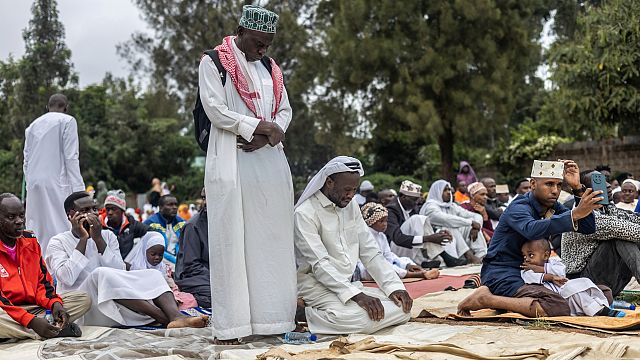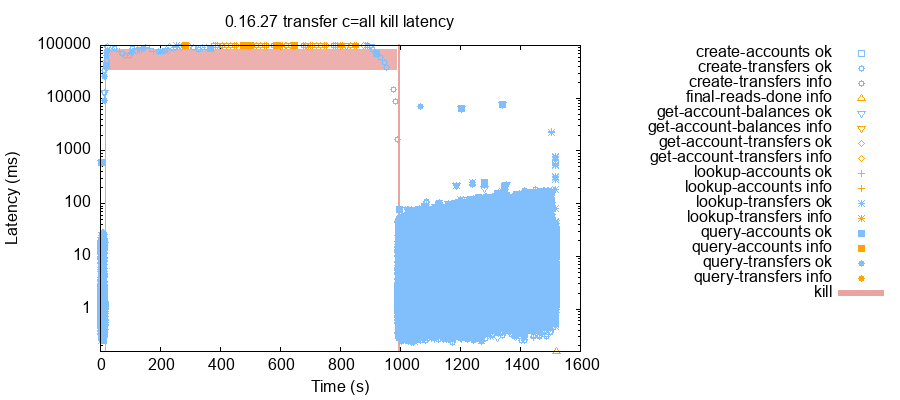Trump’s New Travel Ban Is Built on Lessons From First-Term Fights


The addition of visa overstays as a rationale could provide an opening for new legal challenges, migrant advocates say. President Trump’s new travel ban appears devised to avoid legal flaws that slowed early versions in his first term. But the new order adds an innovation — banning countries with visitors who frequently overstay their visas — that could be a fresh basis for a challenge, immigration legal experts said. During his first term, Mr. Trump enacted a series of bans that shut the borders to citizens of various countries he deemed problematic, spurring a fierce fight over the moves. Courts blocked his first two attempts at a travel ban, but in 2018, the Supreme Court allowed his third, more carefully drafted, order to take effect. That order went away not because of a court ruling, but because President Joseph R. Biden Jr. rescinded it in January 2021, after he took office. Mr. Trump’s new order, issued late Wednesday, mainly builds on the structure and rationale of the version that survived Supreme Court review last time. On Thursday, a range of immigration legal advocates said they were still studying its details to assess whether there was sufficient footing for a lawsuit. “It’s a different ban, using lessons they learned from challenges to the first, second and third travel ban about how to justify one,” said Shev Dalal-Dheini of the American Immigration Lawyers Association. “They took steps to try to protect against litigation.” That said, she added, “I don’t think it’s foolproof.” The countries Mr. Trump targeted were primarily in Africa and the Middle East. Many of them were selected based on a similar rationale that the Supreme Court upheld in Mr. Trump’s first term: Their governments are either dysfunctional or hostile and uncooperative, impeding steps like security vetting. But Mr. Trump added some countries, citing a different justification: Too many of their citizens who have come to the United States as temporary visitors have stayed past the expiration dates of their visas. The countries included on that basis were Burma, Burundi, Chad, the Republic of Congo, Equatorial Guinea, Laos, Sierra Leone, Togo and Turkmenistan. Because the litigation in his first term did not touch on that rationale, immigration rights advocates said they were carefully scrutinizing it. Mark Hetfield, the president of HIAS, a migrant advocacy group formerly known as the Hebrew Immigrant Aid Society, pointed out that the president’s ban conflated two types of visas. Prohibiting entry to people arriving on immigrant visas, which are open-ended, simply because other people had overstayed nonimmigrant visas made no sense, he added. “I honestly don’t see how they can uphold this in its entirety, because there is literally no rational connection between a nonimmigrant overstay and an immigrant visa — zero,” Mr. Hetfield said. “It’s a rationale expressed, but not a rational rationale.” Mr. Trump’s ban relies on a broad power that Congress has granted presidents to control the border, including restricting “any class” of foreigners if he finds that their entry “would be detrimental to the interests of the United States.” But that power is not unlimited and is subject to constitutional constraints. Mr. Trump’s initial order in 2017, for example, focused mainly on a set of Muslim-majority countries. Because he had called for a Muslim ban during the campaign, challengers portrayed it as religious discrimination. As that ban evolved, his administration developed alternative rationales and added other types of countries. The order issued late Wednesday follows that approach, focusing mainly on Muslim-majority and African countries, but also encompasses nations like Cuba, Myanmar and Venezuela. The National Immigration Law Center denounced the restrictions as arbitrarily discriminating against “hundreds of millions of people of color,” but an analysis by the group also acknowledged that the new ban relied on the same legal justifications the Supreme Court upheld in 2018. Mr. Trump’s initial order also created chaos, taking immediate effect without warning and as some people were flying to the United States with lawful visas. The new one gives advance warning and contains numerous exceptions, including for people already issued visas before the order. In pointing to a rationale upheld by the Supreme Court, Mr. Trump, in issuing his ban on Wednesday, cited findings that the central governments of the countries that have been singled out were dysfunctional or hostile to cooperation with the United States. That could mean that the nations are unwilling or unable to perform effective security screening and vetting of their passport applicants, or that they refuse to share information about their citizens and accept back those the United States government wants to deport. The countries whose citizens Mr. Trump barred categorically or in part on the basis of a dysfunctional or hostile government include Afghanistan, Cuba, Eritrea, Haiti, Iran, Libya, Somalia, Sudan, Venezuela and Yemen. Among the other exceptions to the ban, it does not apply to lawful permanent residents of the United States; athletes and support staff traveling to competitions in the United States like the 2026 World Cup and 2028 Olympics; people who are granted asylum or refugee status; persecuted religious minorities from Iran; or Afghans granted “special immigrant visa” status because they helped U.S. forces during the war. Shawn VanDiver, the head of a nonprofit group that helps resettle Afghans who worked with American forces, said the exception for Afghans with special immigrant visa status and their families gave a false sense of reassurance. The administration, he said, has dismantled the programs that enabled such Afghans, as a practical matter, to get to the United States. “It is nice” that there is an exception, Mr. VanDiver said, “but with all the infrastructure breaking down, it doesn’t help. It’s like saying, ‘There is an open door on the other side of the Grand Canyon — good luck.’”
What's Your Reaction?
 Like
0
Like
0
 Dislike
0
Dislike
0
 Love
0
Love
0
 Funny
0
Funny
0
 Angry
0
Angry
0
 Sad
0
Sad
0
 Wow
0
Wow
0









































